

SRI LANKA
Exuberant. Proud. Enduring.
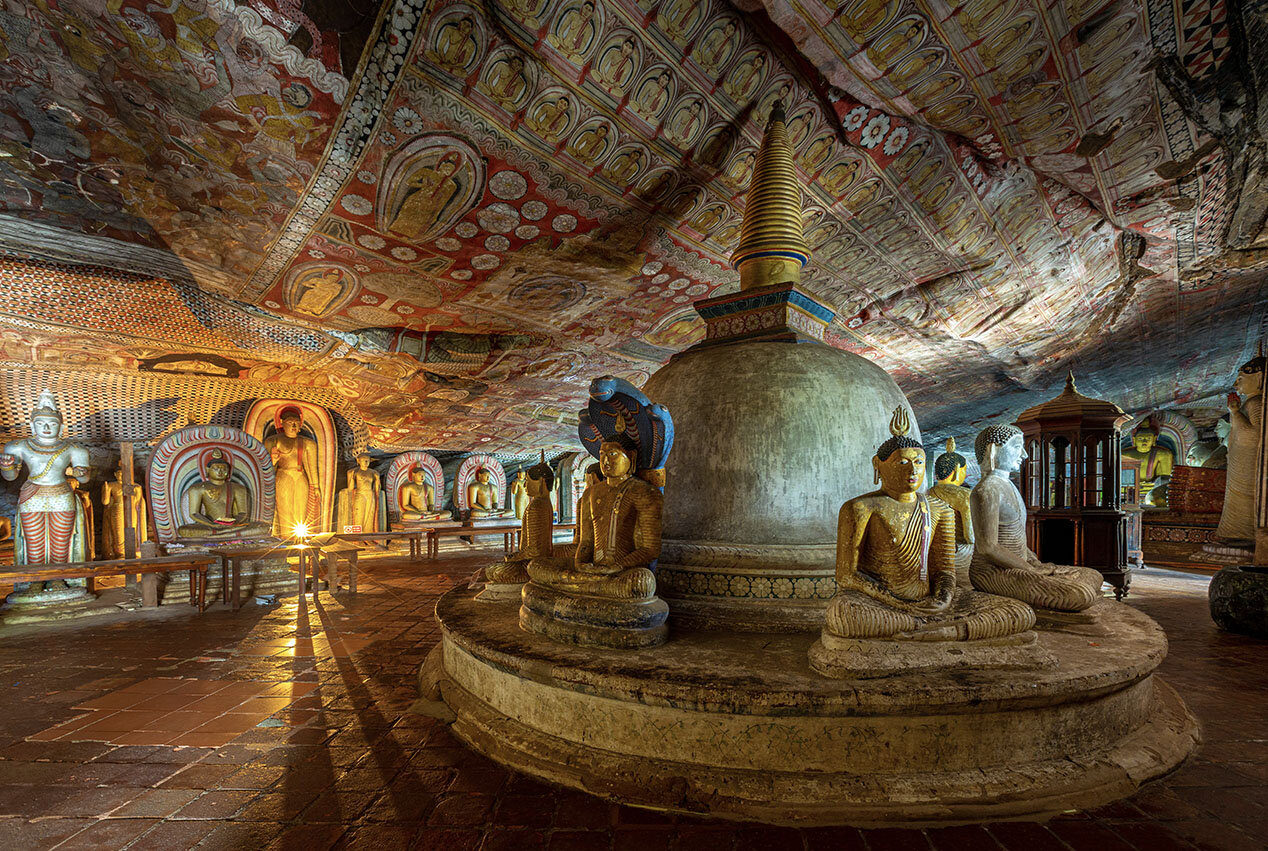
DAMBULLA
The most impressive of Sri Lanka’s cave temples, the Dambulla complex consists of more than 80 documented caves. The major attractions are spread over 5 caves which contain statues and paintings related to Lord Buddha. There are a total of 153 Buddha statues, 3 statues of Sri Lankan kings and 4 statues of gods and goddesses. The cave temples have over 22,000 square feet of painted walls and ceilings, the largest area of paintings in the world. There is also a colossal figure of the Buddha carved out of rock 45 feet tall.
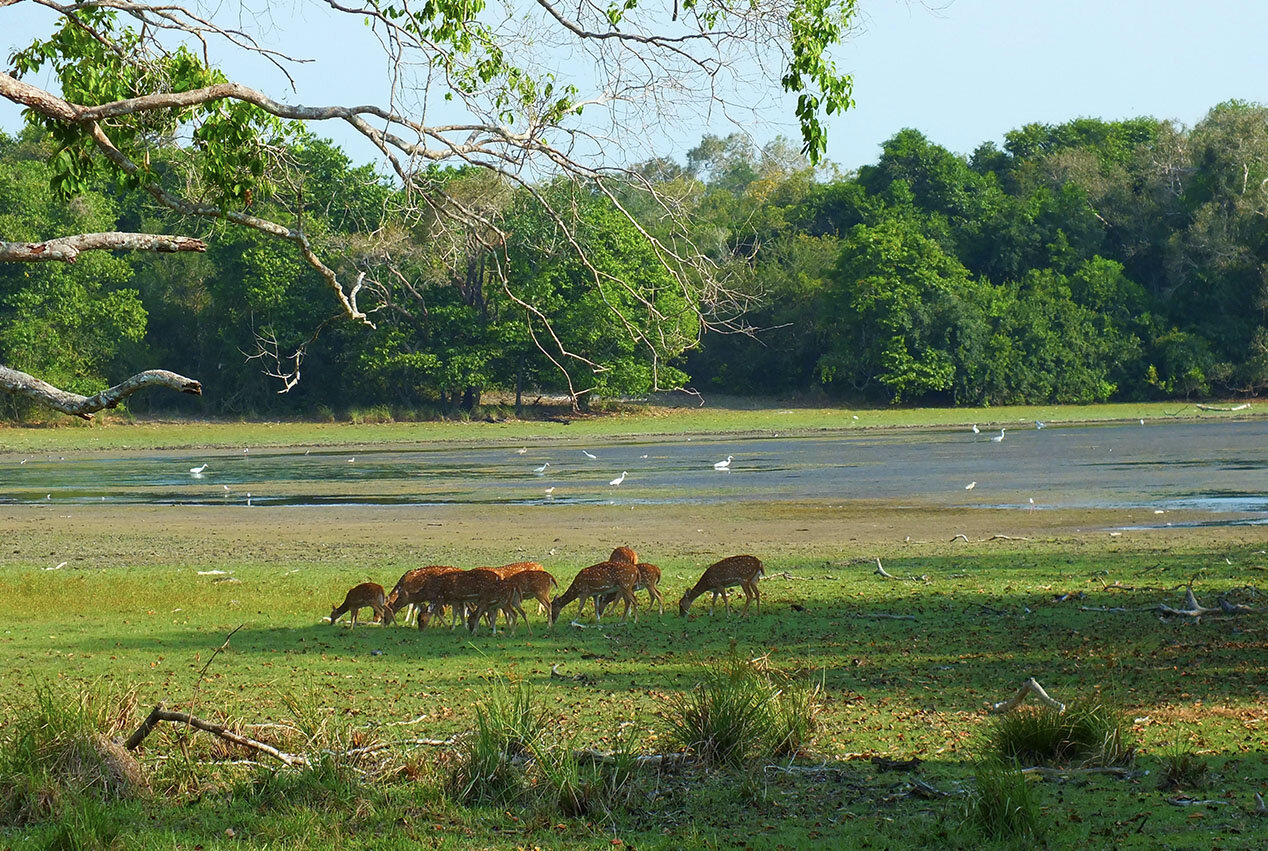
WILPATTU NATIONAL PARK
Wilpattu is several times the size of more-popular Yala National Park but receives only one tenth the visitors. This creates the ideal environment to appreciate Sri Lanka’s pristine jungle wilderness, spot endemic wildlife in their natural environments and perhaps even glimpse a rare leopard.
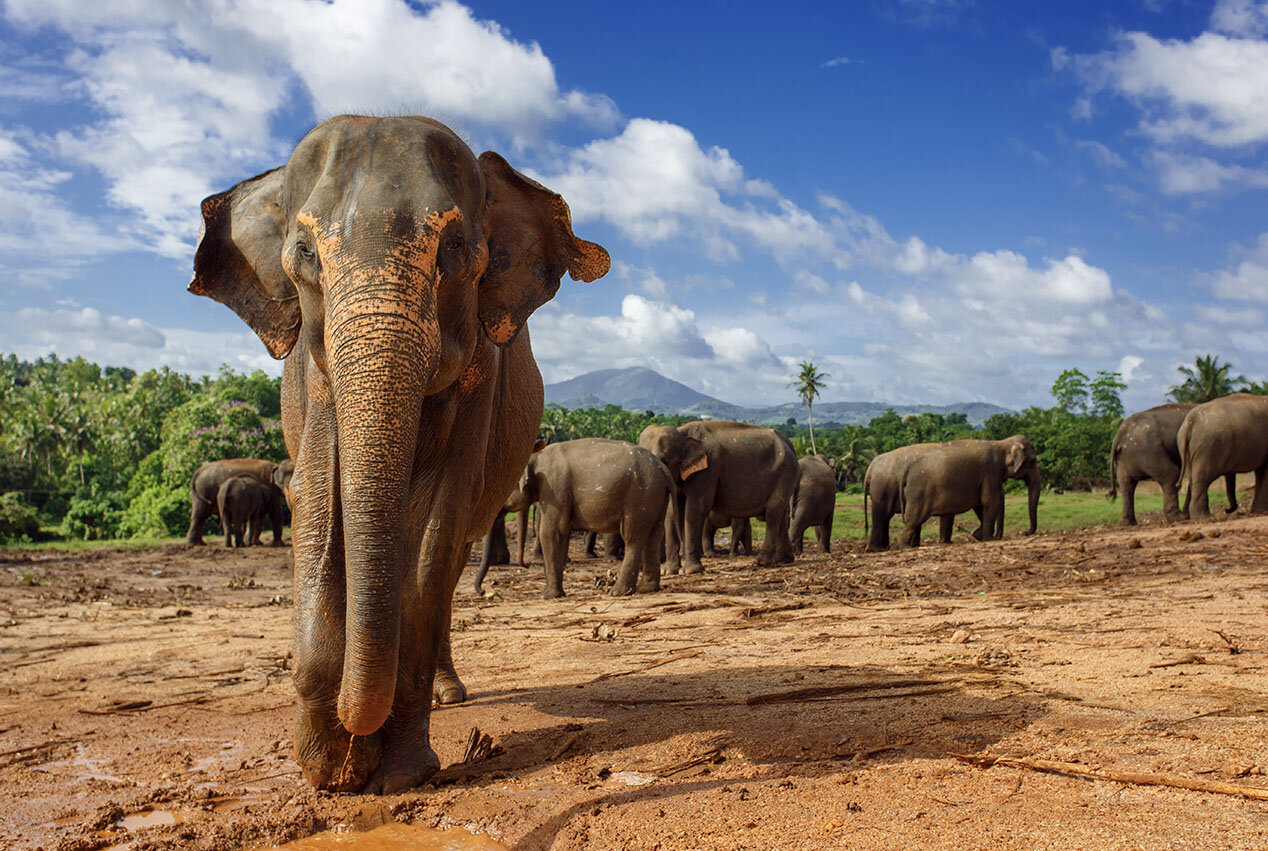
MINNERIYA PARK
Famous for its large wild herds of elephants congregating on the edge of rivers and reservoirs to bathe and socialize, it’s one of the best parks in Sri Lanka to see wild elephants on a private jeep safari. The park covers 8,890 hectares and consists of a mixed forest of evergreen shrubs, a favorite habitat for animals, which include leopards, deer and wild elephants. Keep an eye out for monkeys as well, including the purple-faced langur and macaques.
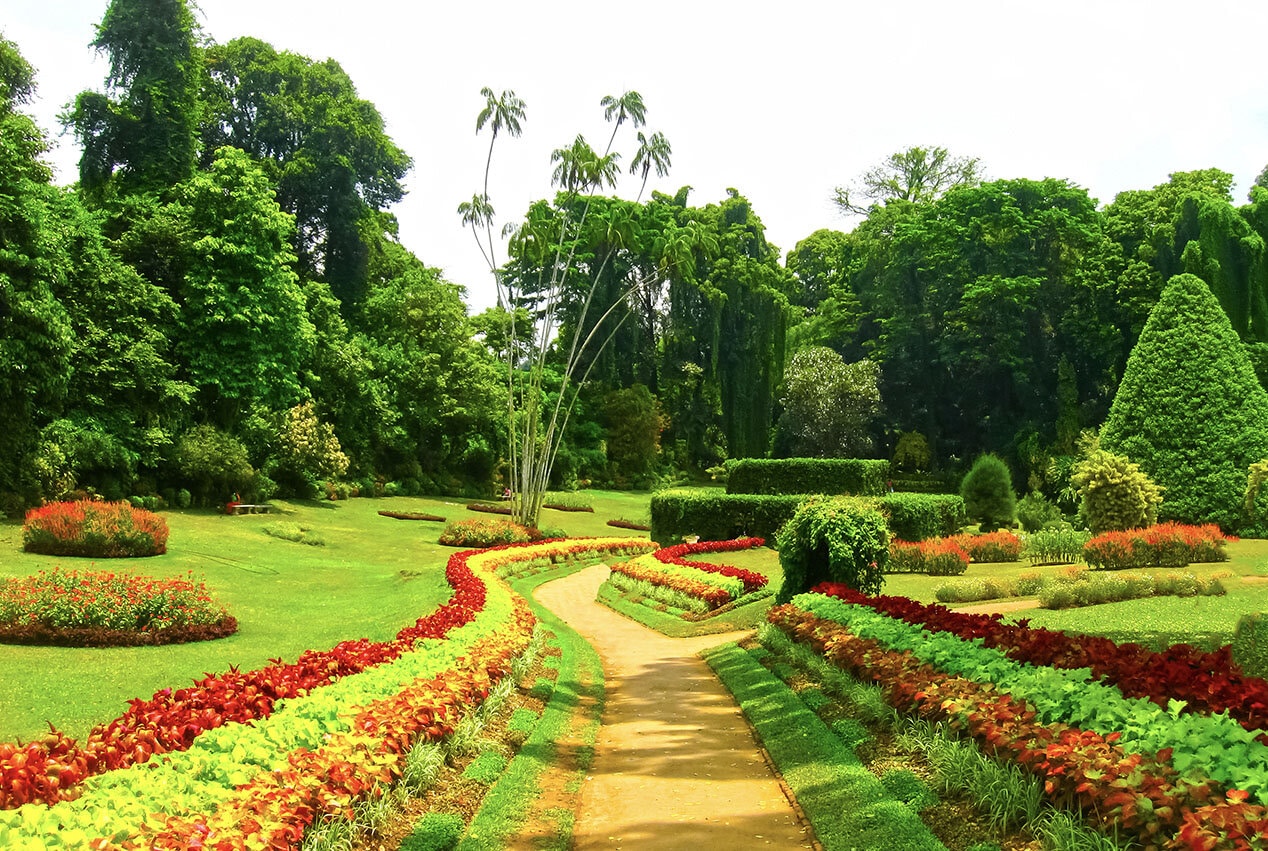
PERADENIYA BOTANIC GARDENS
Originally built as a pleasure garden for a Sinhalese king, these lush grounds were expanded by the British and now contain an extraordinary variety of trees, plants and flowers.
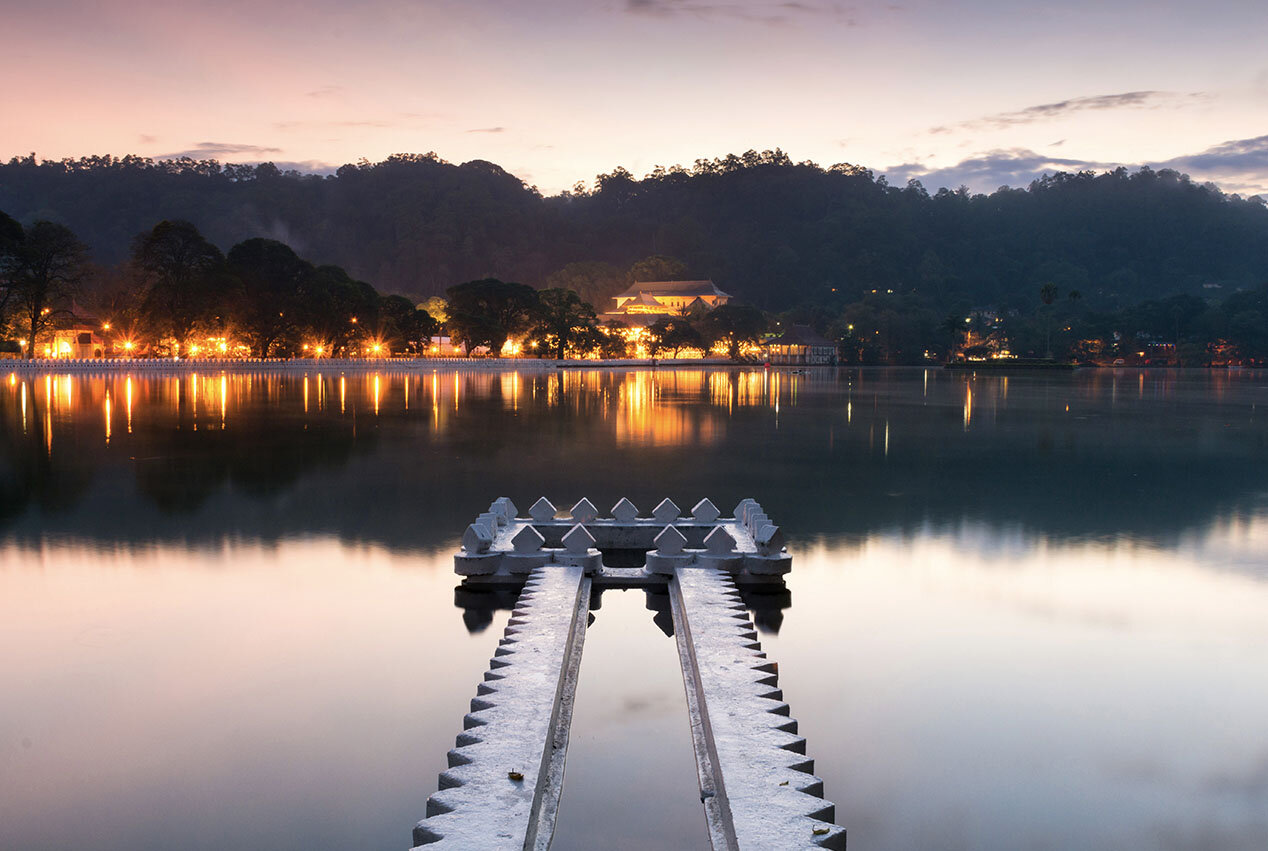
KANDY LAKE
Constructed by the last Sinhalese king in 1798, the bazaar, arts and crafts center, and gem museum and lapidary on its banks make for interesting diversions.
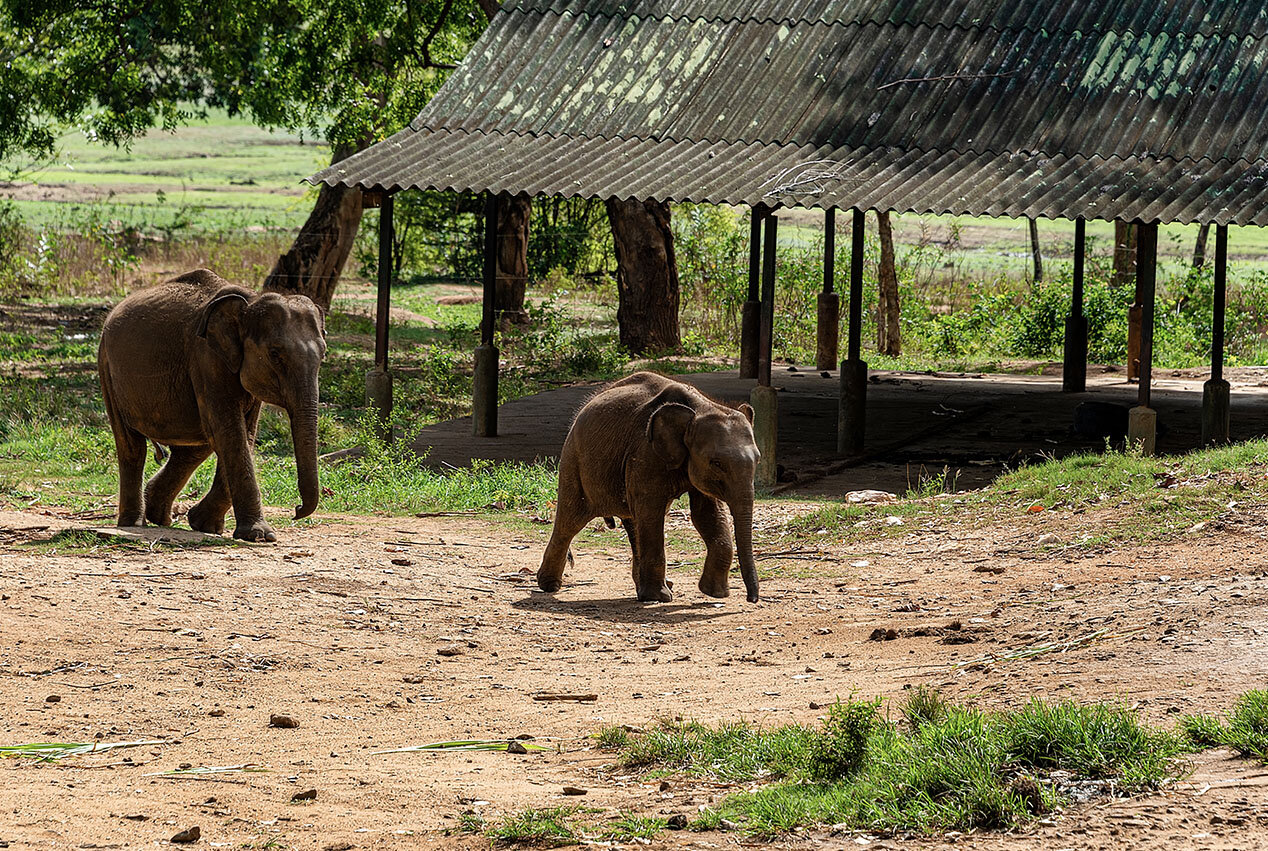
ELEPHANT TRANSIT HOME
Located within UdaWalalwe, this unique organization run by the Sri Lankan Department of Wildlife Conservation cares for orphaned elephant calves, raising them for eventual release back into the wild. A visit is a good way to gain an understanding of the complex arena of elephant politics in Sri Lanka and also witness the heartwarming bond between young elephants and their human caretakers.
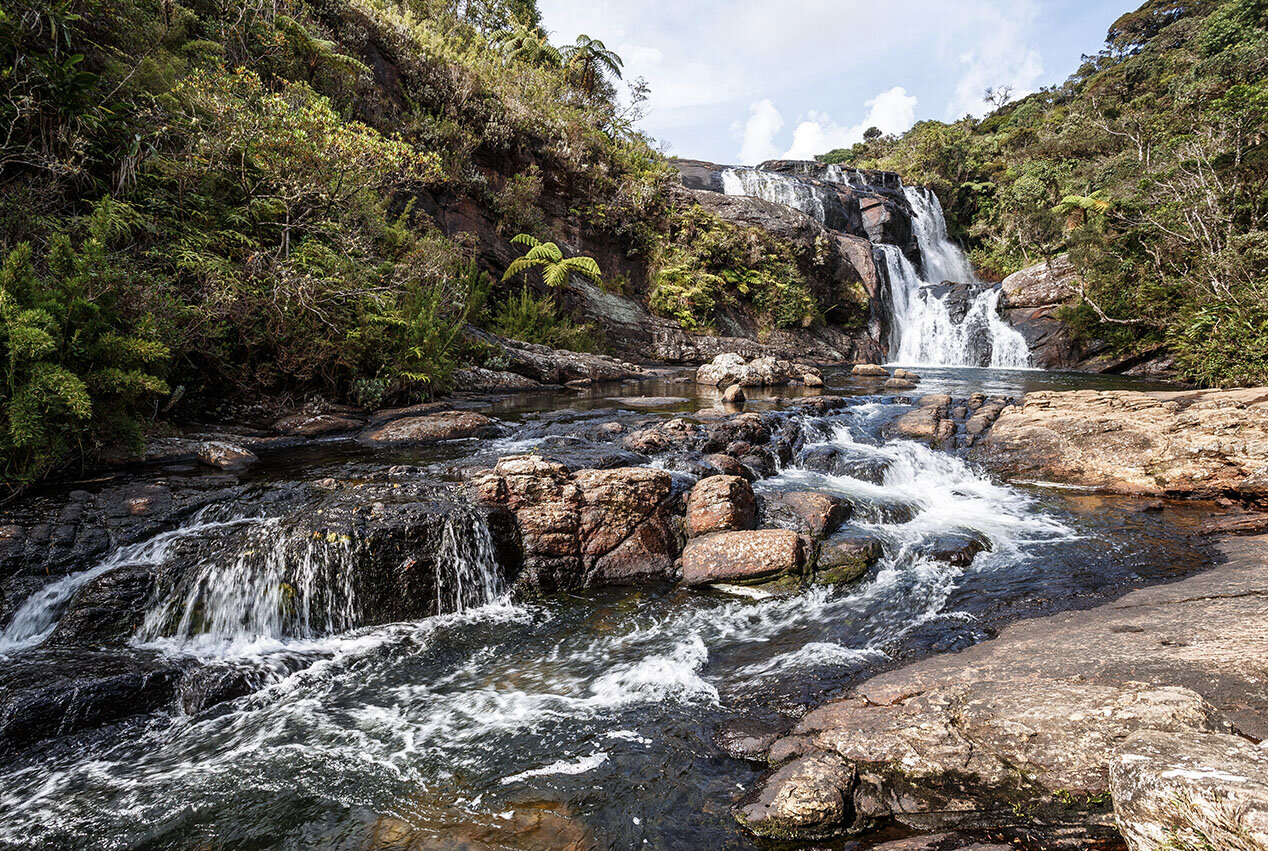
HORTON PLAINS NATIONAL PARK
Located on a windswept plateau at 7,000 feet, these plains’ misty, mysterious grasslands are rich with rare flora and fauna and offer fabulous hiking opportunities. One trail leads to World’s End, a massive, dramatic drop-off that plunges vertically for 4,000 feet and affords one of the finest views on the island.
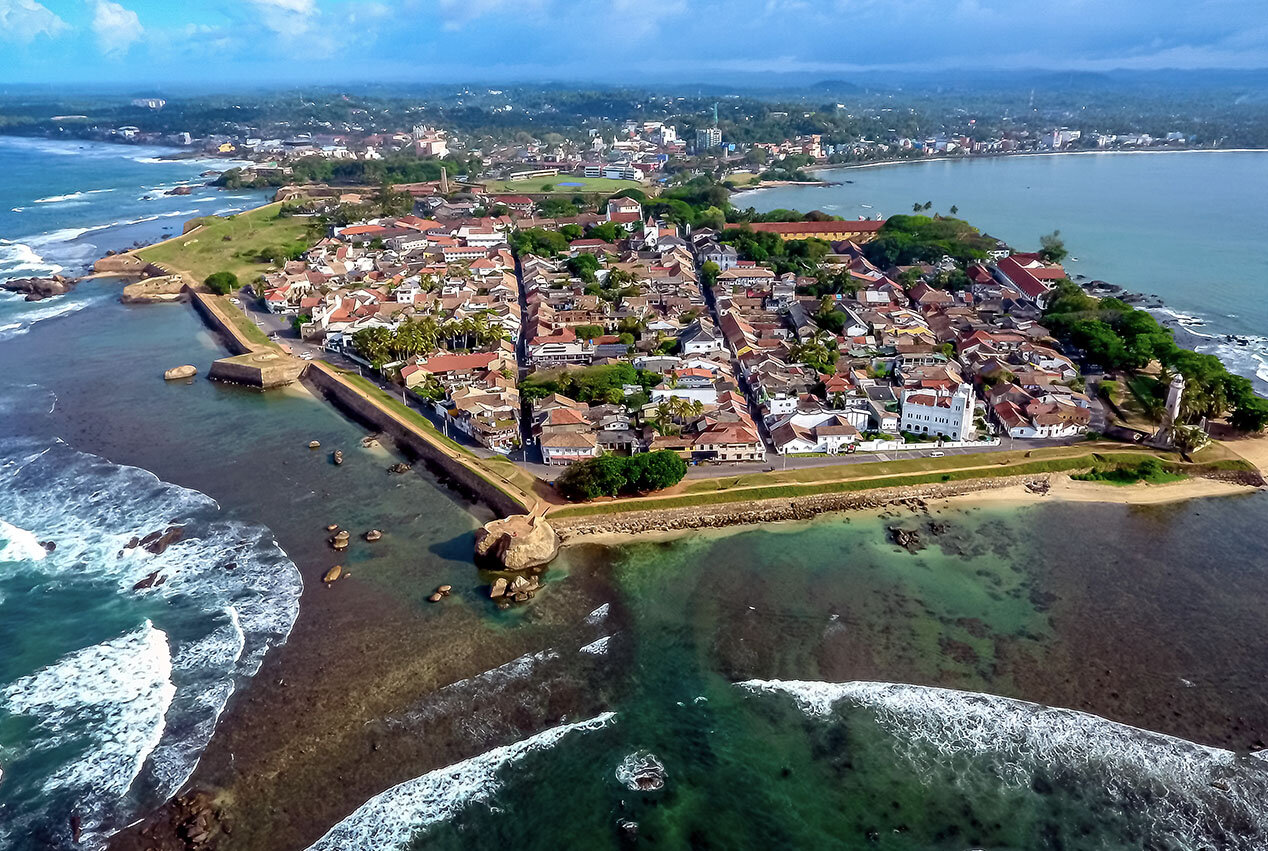
GALLE FORT
First built by Portuguese colonists in 1588 and later expanded by the Dutch in the 17th century, the lanes and structures inside this UNESCO World Heritage site exude an interesting pan-European character.
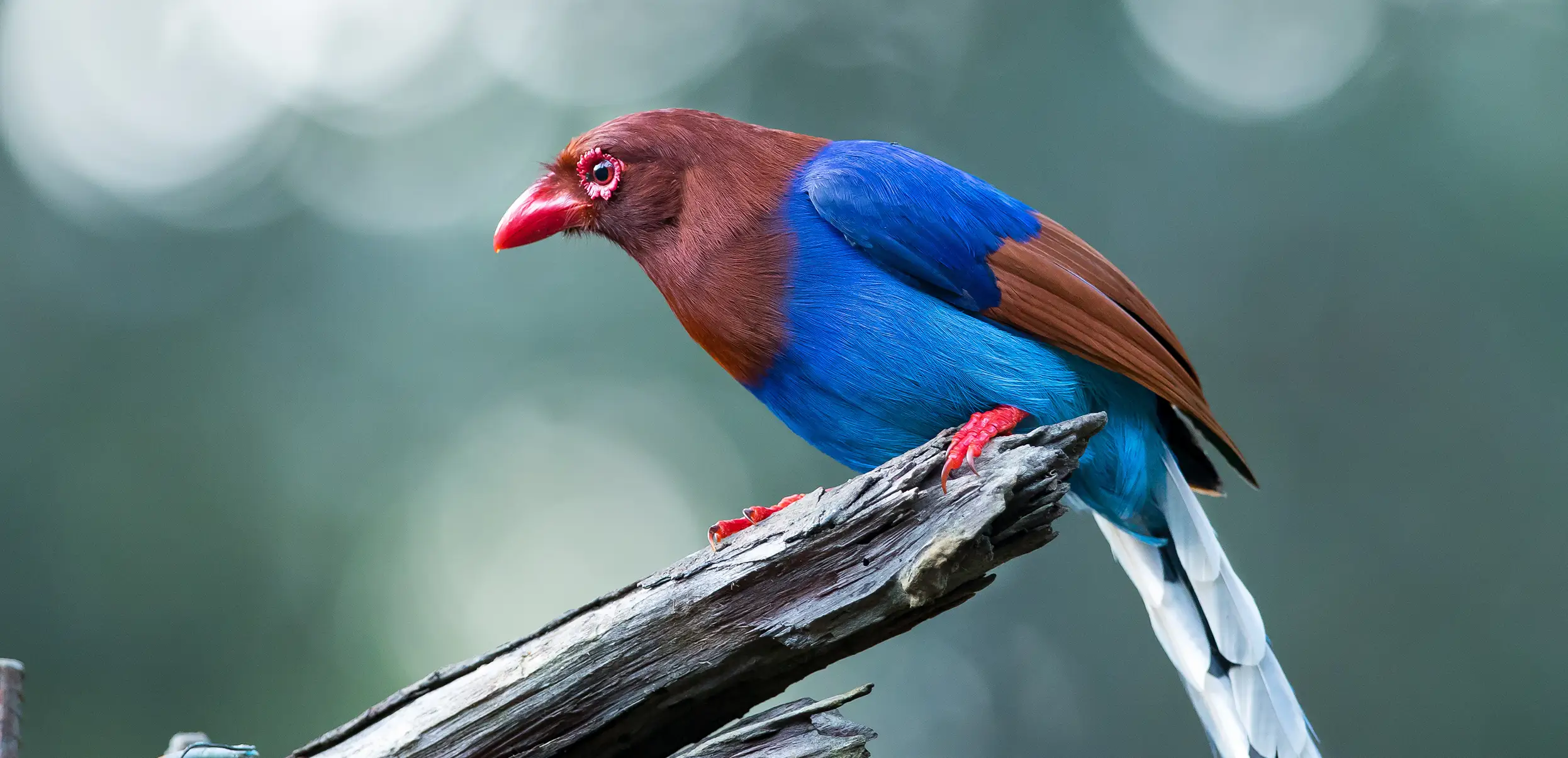
SINHARAJA FOREST RESERVE
This UNESCO World Heritage site is famous for bird watching, with nearly 150 bird species on record. Look for hanging parrot, orange-billed babbler, laughing thrush, brown-capped babbler, yellow-fronted barbet, white-faced starling, blue magpie, red-faced malkoha, and spot-winged thrush.
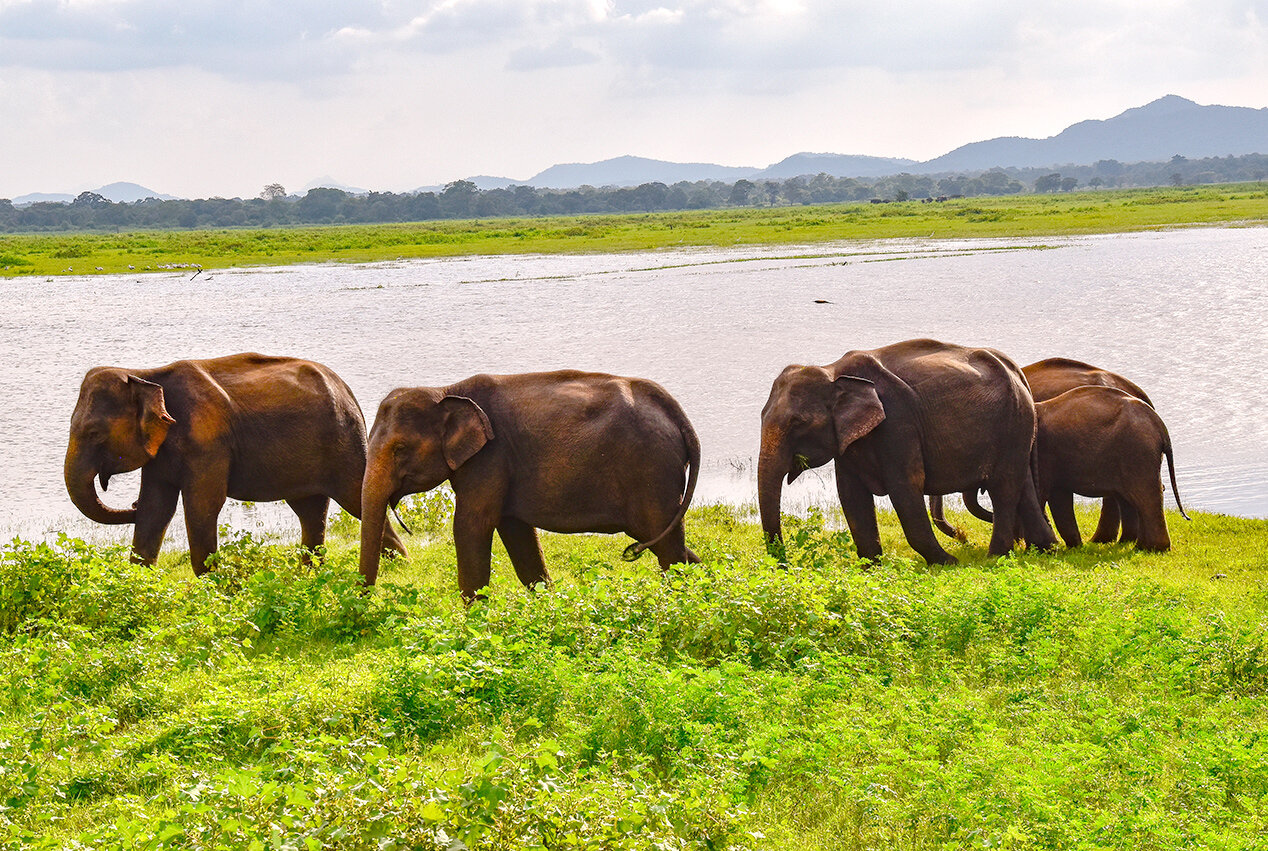
GAL OYA NATIONAL PARK
Comprised of forest, beautiful grasslands and clusters of low-lying islands, Gal Oya is a haven for birdlife, reptiles, deer, water buffalo, wild boar and even the occasional leopard. But the most unusual sight at Gal Oya is wild elephants swimming between the park’s many islands.
sign up for our
Newsletter
Stay current with all the latest being offered from ATJ, as
well as updates on Asia Destinations.























